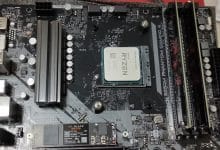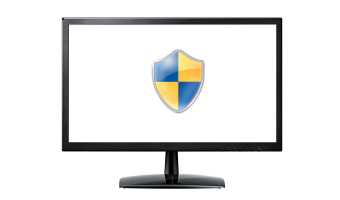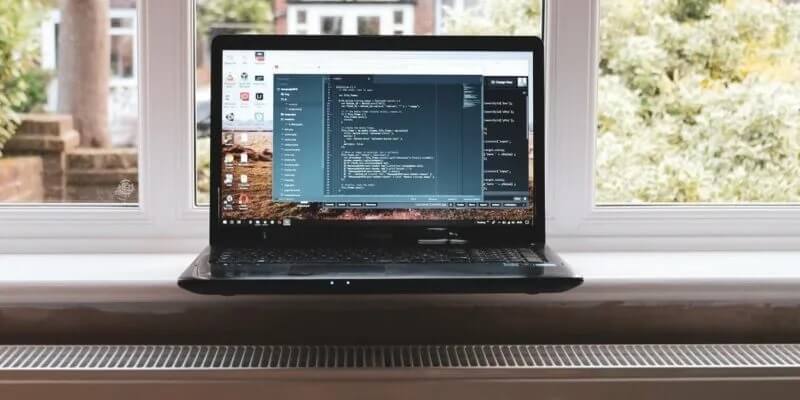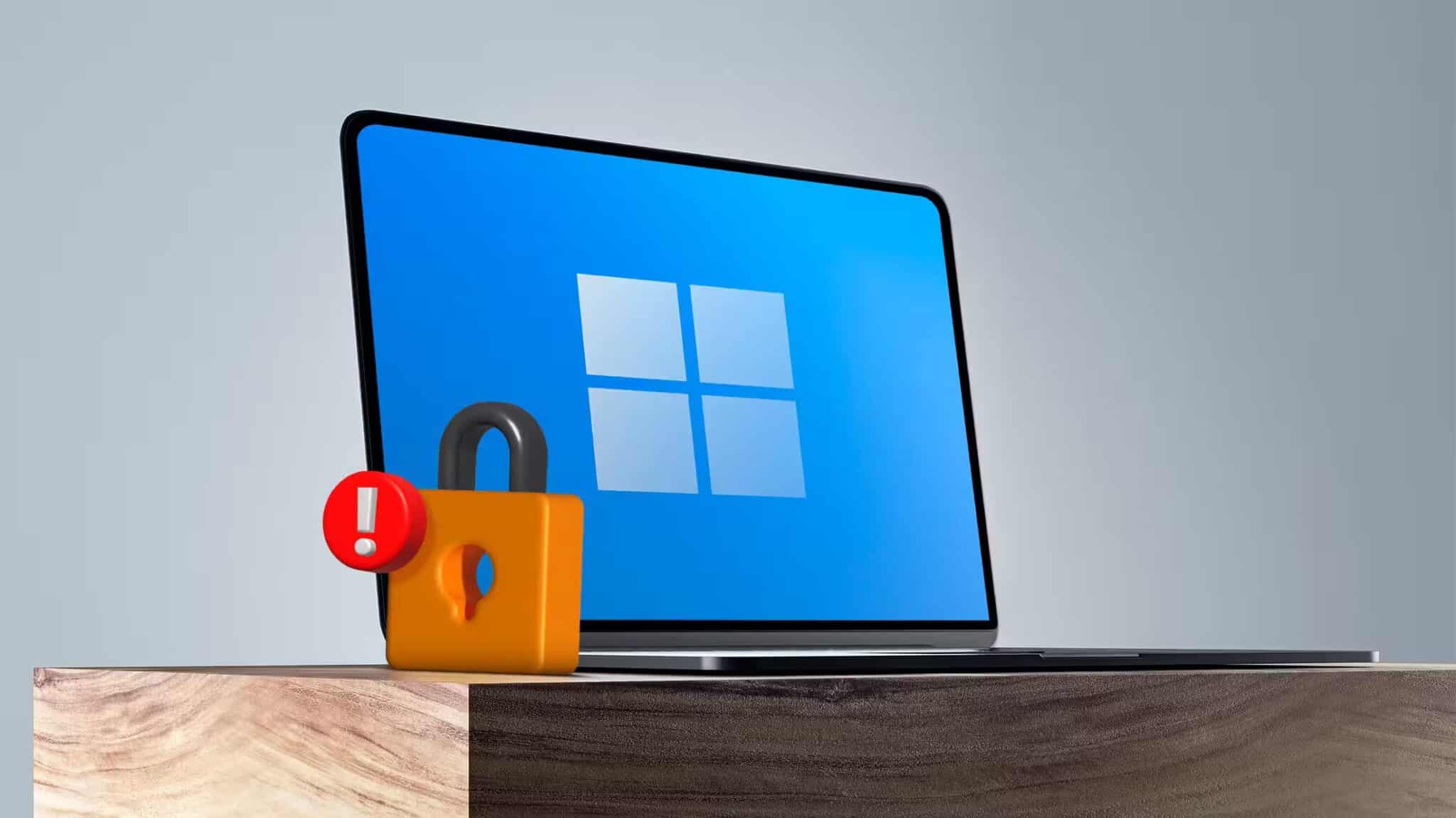The Startup folder is a useful utility on Windows 10. It holds the programs that launch as soon as your computer starts. However, you may have noticed that some of these startup programs don't launch as they should. In this article, we'll discuss the top 7 ways to fix startup programs not launching on Windows 10.

It can be frustrating when startup programs don't work as intended. While the cause could range anywhere from a faulty program to corrupted system files, there are a few solutions you can try to resolve the issue. Here are those solutions. Let's get started.
1. Check the startup manager
If a startup program isn't starting properly, the first thing you should do is check whether the program is configured to start at startup. Here's how to check.
Step 1: Press Ctrl+Shift+Esc to launch Task Manager. Switch to the Startup tab and verify that your program is set to Enabled.
Step 2: If the program status is Disabled, select it and click the Enable button.
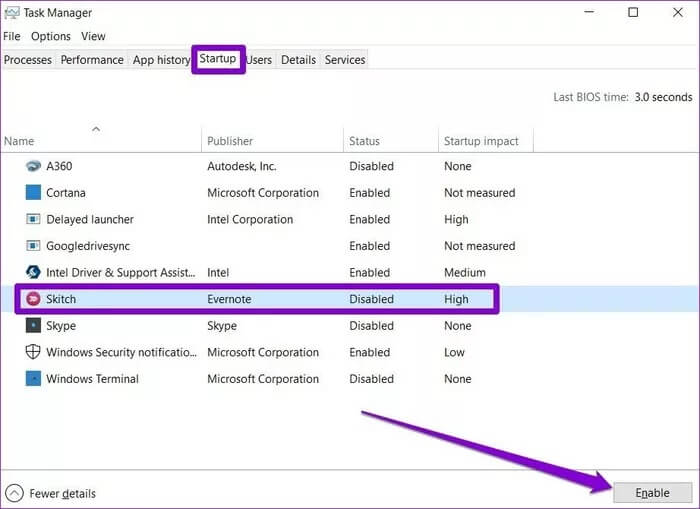
That's it. Now restart your computer and see if the program is working as intended.
2. Run DISM
Sometimes, corrupted system files on your computer can prevent programs from running at startup. To confirm this, you can try running a DISM (Deployment Image Servicing and Management) scan to see if it helps. The tool is designed to automatically find and fix the relevant system issues. Here's how to use it.
Step 1: Click the Windows Start button, type cmd, and select Run as administrator to launch the command prompt with administrative privileges.
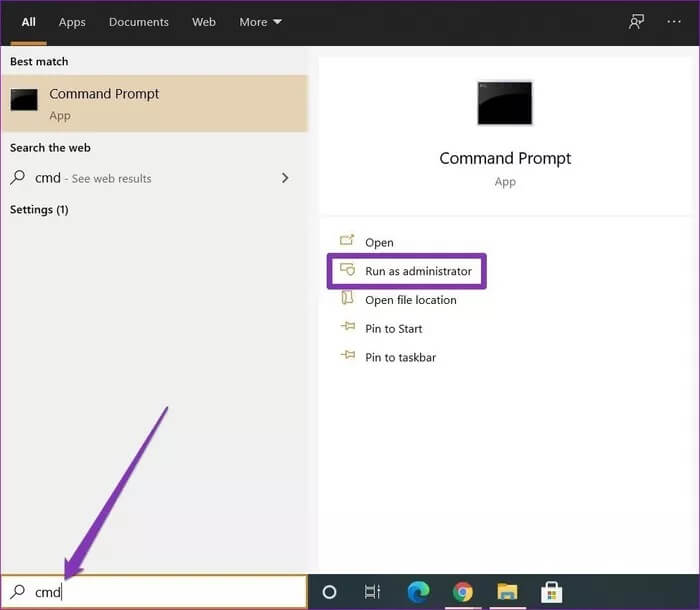
Step 2: Now run the following commands and press Enter after each one.
DISM / Online / Cleanup Image / CheckHealth
DISM / Online / Cleanup Image / ScanHealth
DISM / Online / Cleanup Image / RestoreHealth
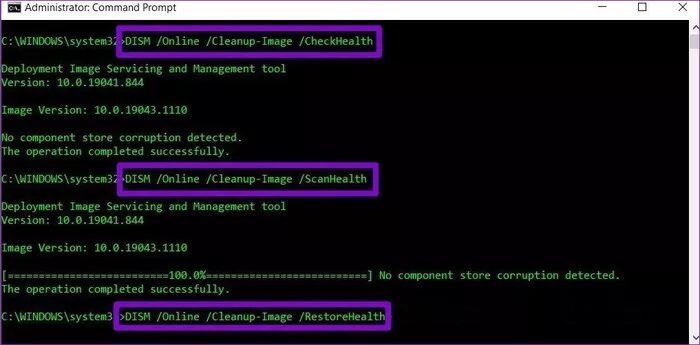
Wait until it's finished and then restart your computer to see if the issue is resolved.
3. Add the program to the startup folder.
Another way to run programs at startup is to use the Startup folder on Windows. Here's how it works.
Step 1: Launch File Explorer and locate the startup program's EXE file. Right-click on it and select Copy.
Step 2: Now press Windows key + R to launch the Run utility. Type in the shell: common startup and press Enter.
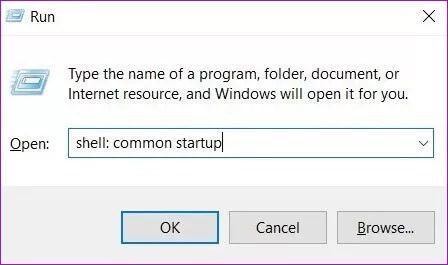
Step 3: Paste the program's EXE file into the startup folder.
That's it. Now that the shortcut is inside the Startup folder, Windows should launch the program during startup.
4. Task schedule
Using a program Task scheduler With it, you can automate almost any task on your computer. You can start programs, execute commands, or even send an email when certain triggers and conditions are met. Of course, you can use this tool to run programs at startup, too. Here's how.
Step 1: Open the Start menu, type Task Scheduler, and press Enter.
Step 2: Right-click the Task Scheduler Library folder and select New Folder. Give this folder a name such as "New Task."
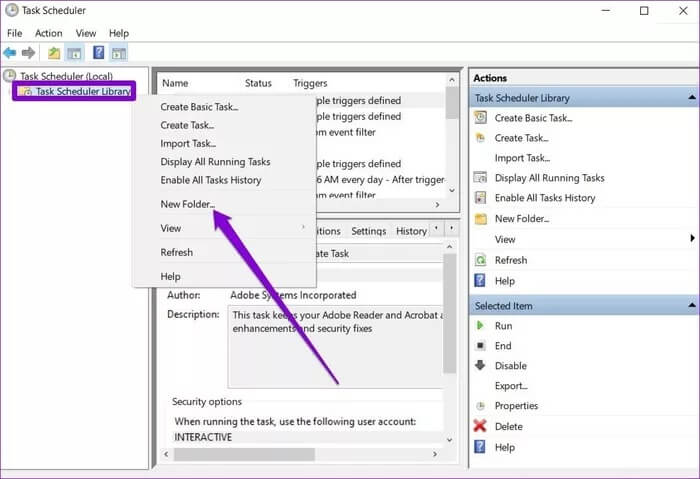
Step 3: Now expand the Task Scheduler Library folder and right-click on the newly created folder to select the Create Task option.
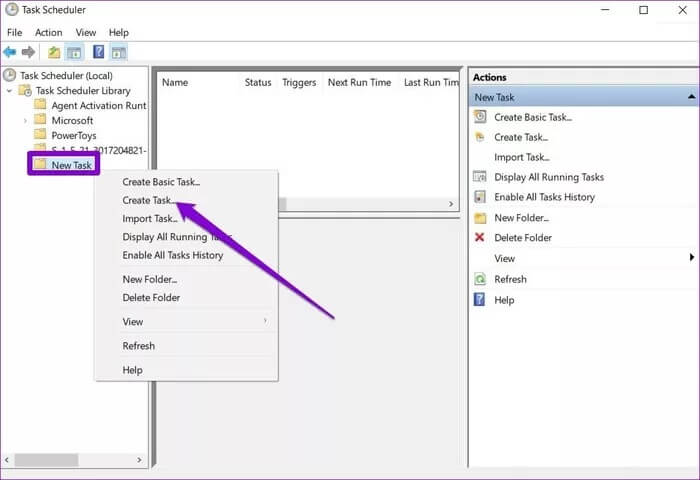
Step 4: In the resulting window, under the General tab, give this task an appropriate name, such as “Launch PowerToys.” Additionally, you can choose the user account under which the task should run.
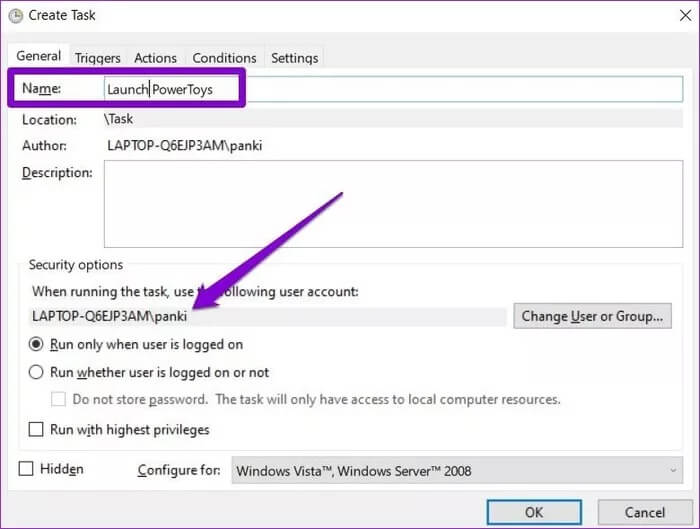
Step 5: Now go to the Trigger tab and click the New button to set up a trigger for the task.

Step 6: In the New Trigger window, use the drop-down menu to choose the “On Startup” option.
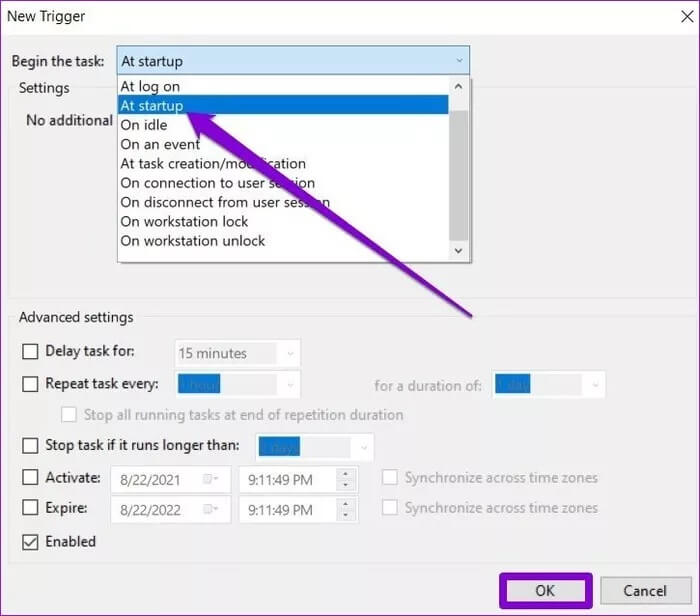
Step 7: Next, switch to the Action tab and click the New button. Under Program/Script, use the Browse button to select the EXE file for the program you want to start.
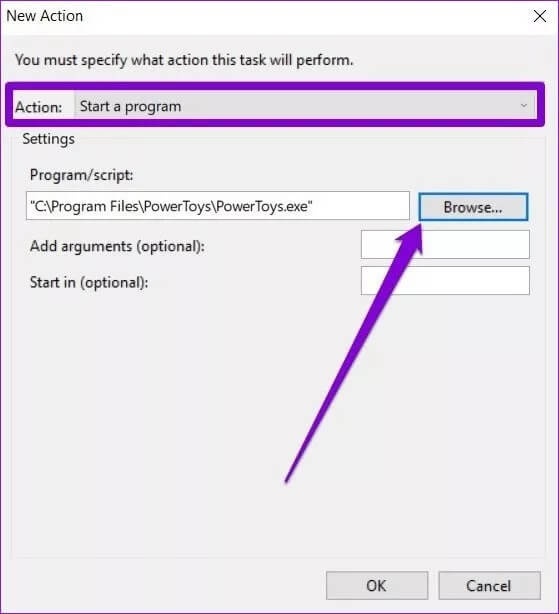
Once setup is complete, Task Scheduler should automatically launch programs at startup.
5. Turn off User Account Control.
Some programs on Windows require administrative permission Every time it launches, it crashes. So, if the problem is related to one of these programs, you can try disabling User Account Control (UAC) to see if that helps. Read on to find out how.
Step 1: Open the Start menu, type User Account Control, and press Enter.
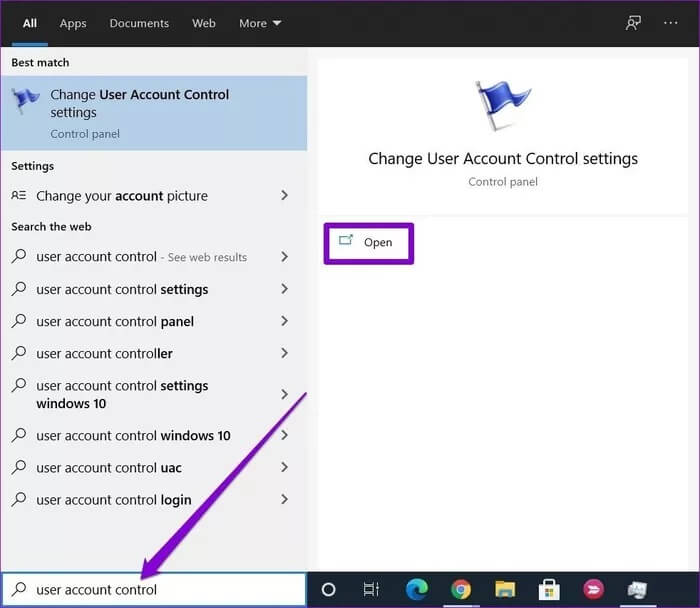
Step 2: Move the slider down to Don't Notify and click OK to save your changes.
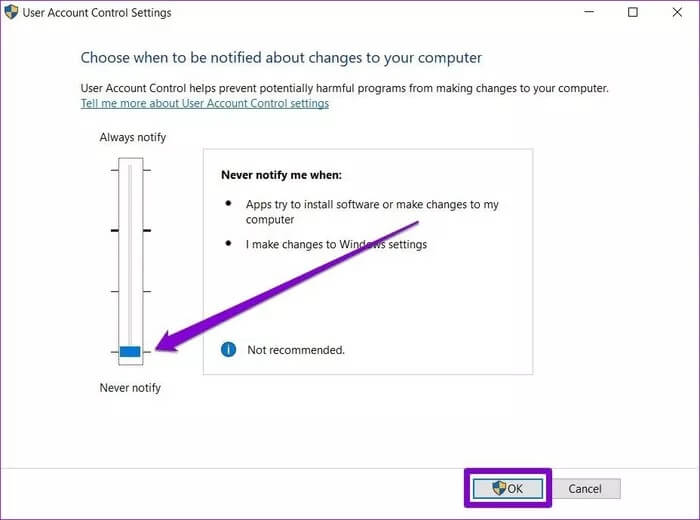
Now restart your computer and see if the program runs on startup.
6. Create a batch file to start programs
Apart from the above, to run programs on startup, you can also create and run a batch file containing file paths of all the programs you want to run and here is how it works.
Step 1: Open File Explorer and locate the EXE file of the program you want to run at startup. Now click the Copy Path option at the top to copy the file path.
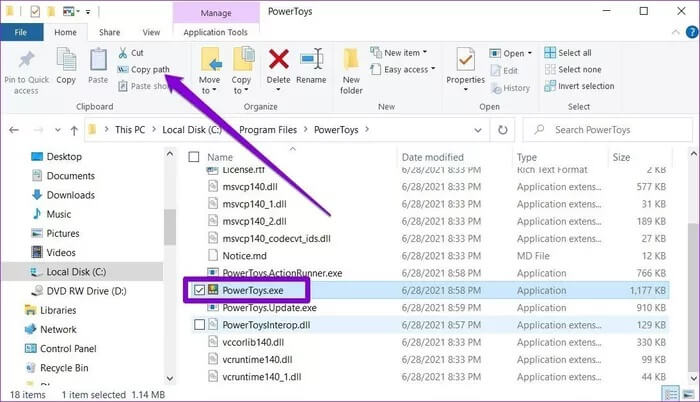
Step 2: Now right-click anywhere on your desktop and go to New > Text Document.
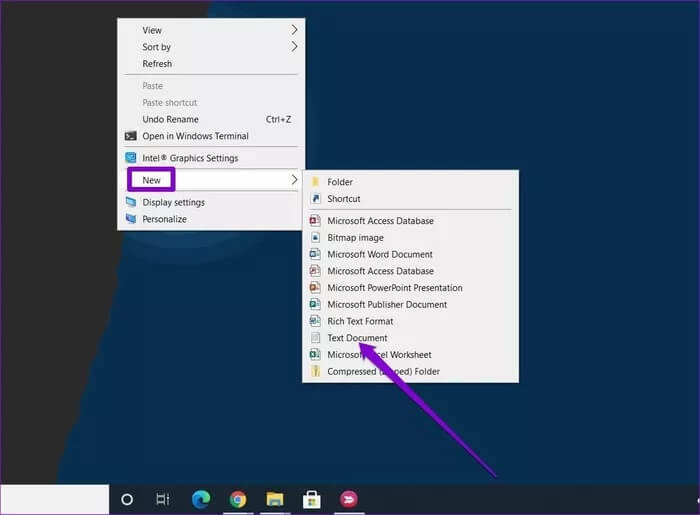
Step 3: In a notepad window, paste the command below.
@echo off Exit
replace In the above command with the path of the program that was copied previously.
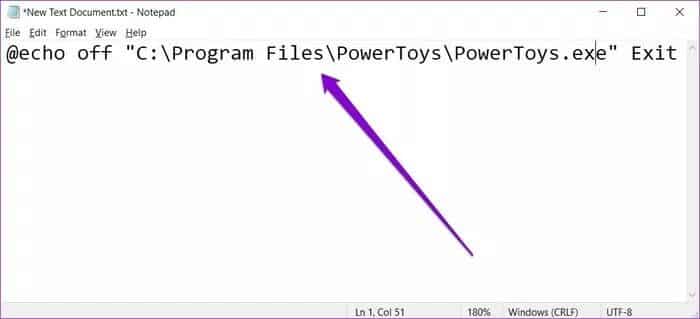
Step 4: Now save this file with .bat extension instead of .txt extension.
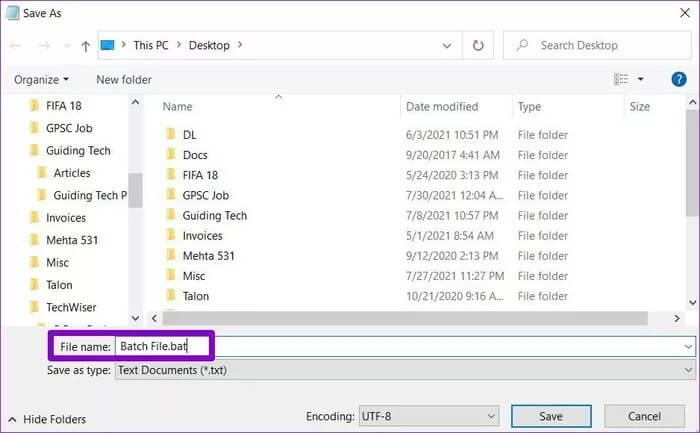
Step 5: Double-click the file to run it and the program should run on startup.
Similarly, you can also paste more than one file path into the above file to run multiple programs on startup.
7. Add a startup program via registry
If the above methods don't help, you can also use the Windows Registry to run programs at startup.
Note: Unknowingly modifying the Windows registry can have serious consequences. Therefore, be sure to follow the steps carefully.
Step 1: Open the Start menu, type in registry, and press Enter.
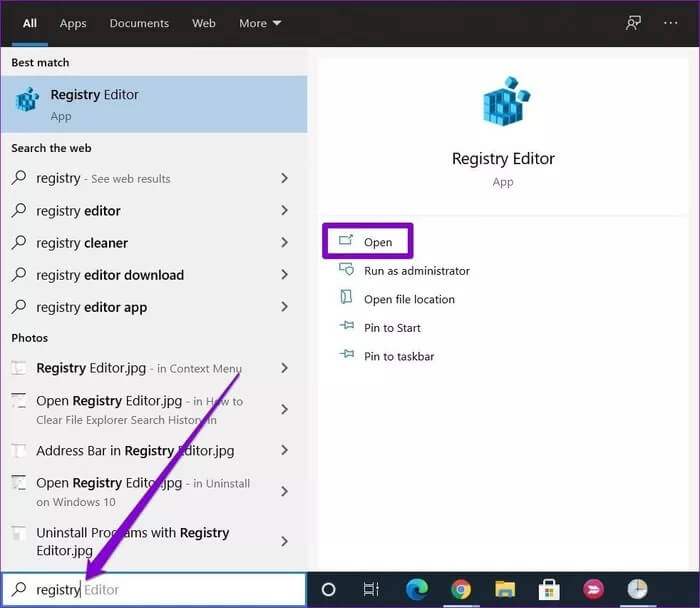
Step 2: Use the address bar at the top to move to the next key.
HKEY_LOCAL_MACHINE \ Software \ Microsoft \ Windows \ CurrentVersion \ Run
Step 3: In the Run key, right-click anywhere in the right pane and choose New > String Value. Name it exactly the program you want to run.
String value
Step 4: Right-click the newly created string value and select Edit.
Edit the chain
Step 5: In the Value Data field, paste the path of the program you want to run and click OK.
Edit the chain window
Now restart your computer and now the program should work on startup.
start
One of the above methods should fix the startup programs not running issue on Windows 10, and it should be Your applications and programs Ready every time you log in. Let us know which solution worked for you in the comments section below.
If your computer is taking a long time to boot up, check out our guide to:Fix slow boot times on Windows 10.
